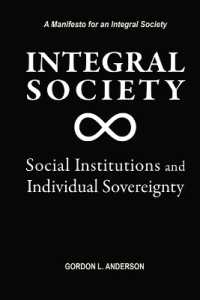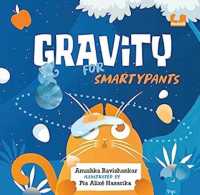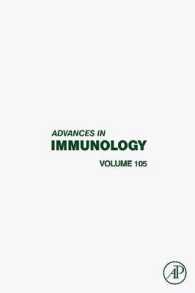- ホーム
- > 洋書
- > 英文書
- > Literary Criticism
基本説明
The twenty-eight challenging yet accessible essays in this handbook represent the best of current thinking in the study of Latin language and literature in the Middle Ages. This book affords specialist and non-specialist readers alike vivid insight into the field's complexities and into future possibilities for the work essential to the pursuit of medieval Latin studies.
Full Description
This Handbook is especially intended to show the links between the philosophy written in the Middle Ages and that being done today. Essays by over twenty medieval specialists, who are also familiar with contemporary discussions, explore areas in logic and philosophy of language, metaphysics, epistemology, moral psychology, ethics, aesthetics, political philosophy and philosophy of religion. Each topic has been chosen because it is of present philosophical interest, and yet a more or less similar set of questions was also discussed in the Middle Ages. No party-line has been set about the extent of the similarity. Some argue that there are the closest continuities. Others stress the differences. All, however, share the aim of providing new analyses of medieval texts in a manner that is clear and comprehensible to philosophers who are not medieval specialists.
The Handbook begins with eleven chapters looking at the history of medieval philosophy period by period, and region by region. They constitute the fullest, most wide-ranging and up-to-date chronological survey of medieval philosophy available. All four traditions Greek, Latin, Islamic and Jewish (in Arabic, and in Hebrew) are considered, and the Latin tradition is traced from late antiquity through to the seventeenth century and beyond.
Contents
Contributors ; Preface, Ralph Hexter and David Townsend ; I. Framing the Field: Problematics and Provocations ; 1. The Current Questions and Future Prospects of Medieval Latin Studies, David Townsend ; 2. Canonicity, Ralph Hexter ; II. Latinity as Cultural Capital ; 3. Latin as an Acquired Language, Carin Ruff ; 4. Latin as a Language of Authoritative Tradition, Ryan Szpiech ; 5. The Cultures and Dynamics of Translation into Medieval Latin, Thomas E. Burman ; 6. Regional Variation: The Case of Scandinavian Latin, Karsten Frijs-Jensen ; 7. The Idea of Latinity, Nicholas Watson ; III. Manuscript Culture and the Materiality of Latin Texts ; 8. Readers and Manuscripts, Andrew Taylor ; 9. Gloss and Commentary, Rita Copeland ; 10. Location, Location, Location: Geography, Knowledge, and the Creation of Medieval Latin Textual Communities, Ralph Hexter ; IV. Styles and Genre ; 11. Prose Style, Gregory Hays ; 12. Verse Style, Jean-Yves Tilliette [translated from French] ; 13. Crossing Generic Boundaries, A. G. Rigg ; 14. Textual Fluidity and the Interaction of Latin and the Vernacular Languages, Brian Murdoch ; V. Systems of Knowledge ; 15. Martianus Capella and the Liberal Arts, Andrew Hicks ; 16. Mythography, Winthrop Wetherbee ; 17. Biblical Thematics: The Story of Samson in Medieval Literary Discourse, Greti Dinkova-Bruun ; 18. The Language, Form and Performance of Monophonic Liturgical Chants, Susan Boynton and Margot Fassler ; VI. Medieval Latin and the Fashioning of the Self ; 19. Regimens of Schooling, Mia Munster-Swendsen ; 20. Gender, Sylvia Parsons and David Townsend ; 21. Sex and Sexuality, Larry Scanlon ; 22. Medieval Latin Spirituality: Seeking Divine Presence, Anne Clark ; 23. Modes of Self-Writing From Antiquity to the Later Middle Ages, Gur Zak ; VII. Periodizations ; 24. Late Antiquity, New Departures, Marco Formisano ; 25. Renaissances and Revivals, Monika Otter ; 26. Humanism and Continuities in the Transition to the Early Modern, Ronald Witt ; 27. Medieval Latin Texts in the Age of Printing, Paolo Chiesa [translated from Italian] ; 28. Medieval Latin in Modern English: Translations from the Nineteenth Century to the Present Day, Jan Ziolkowski ; Chronology of Medieval Latin Authors ; Index







